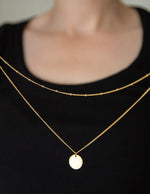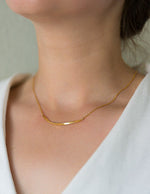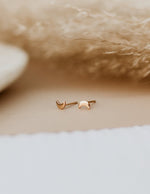
Fragrant, fresh, and fabulous in a thousand ways, roses may conjure romantic notions but the peeling petals of this classy flower can be used in a multitude of ways. Homemade Rose water is one of the world’s simplest recipes, exactly as it sounds – it’s the delicate petals plucked from the flower and mixed with water. Roses have such a long and luscious history; beloved by the ancient Persians, the dusky Rosa Damascena has long been revered for its wealth of health benefits. Yet beyond the wonders of the wellness trend, Rose water can be used in a wide variety of ways. It’s a special source that can be used to bring health, wealth and beauty across endless avenues of our modern lives.
What Is Rose Water Used For Anyway?

The Benefits Of Rose Water
Now we have been wooed by the history of the rose, it’s time to break down exactly how we can use Rose water to benefit our daily lives. From taming out of control hair locks to bringing a breath of spring to your linen, delivering delicious antioxidants to the body and the skin, and boosting your mood, here are all the ways in which Rosewater is a real treat for the body, mind, and soul…
- Reduces Inflammation
- Keeps PH Levels Balanced
- Hydrates Hair and Skin
- Stabilizes Moods
- Rich in Vitamin C
- Eases Digestion
- Has Analgesic Properties
- Soothes Irritation
What Is Rose Water Good For?
Awash with healing properties and gifted with a glorious sweet smell, there are so many ways you can enjoy the wonders of home made Rosewater. Whether you use it in a medicinal way to soothe a sore throat or if you invite Rose water in to be a part of your perfect organic beauty regime, learning how to make rose water at home opens up a whole new world of natural possibilities. Here are just a handful of ways in which Rose water can work for you…
- As a facial toner for skin care – a few drops on cotton to sweep across the face will reduce redness, freshen, and help balance out your PH level.
- In the bath to help hydrate the skin - swirl in a little Rose water and sink down in fragrant steam.
- To tame frizzy hair – spritz unruly locks and let the moisture content turn your mane sleek.
- As a facial spritz pick me up - sleepy office face? A fresh spritz will see you right.
- To soothe sunburn – let those anti-inflammatory properties get to work.
- To add rose smell to your hair – no time to wash? A quick squirt and your hair will be as sweet as spring.
- As a natural perfume – chemical free and guaranteed to make the world swoon at your feet.
- As a linen spray for softer sleep – the calming scent is a natural comedown into blissful slumber.
- To calm the nerves – soothe the monkey mind and take a deep breath of this super chill scent.
- As an added flavor in tea or lemonade – delicate, light, and sure to weave in layers that will make your tastebuds tingle.
- To help sore throats - an ancient approach to a raw throat.
- As a morning mouth rinse – swap rotten morning breath for the kiss of spring.
- To brighten your mood – lighten your load on seemingly darker days.
- To alleviate stomach discomfort - a little sip after dinner or during your period is sure to soothe.
- To open the airways – anti-inflammatories and oxidants invite you to breathe with ease.
How Do You Make Rose Water At Home?

Rose water can be a pricey purchase, especially if you can’t get enough of the floral calming nature and the delicate delights it brings to your daily life.
Fortunately, making homemade Rose water is super easy to make and requires very little in the way of ingredients, time, and intricate knowledge.
Whether you choose to make Rose water by the simmering method or by distilling, the aim is the same – make a batch of soothing fragrant water that can be stashed in a spray bottle in your purse or stored at home.
We answer some of the most common questions for those who are prepping a visit to the florist and getting ready to conjure up their own witchy wonderful batch of Rose water…
Can You Use Tap Water To Make Rose Water?
While some people may prefer to use mineral spring water when adding H20 to their Rosewater recipe, you can totally use tap water when brewing your own sweet-scented concoction. Some people simply prefer spring water or distilled water as it can be softer when using as part of your skincare routine as some tap water can be hard and may dry out your skin.
How Many Roses Do You Need To Make Rose Water?
You only need a few beautiful blooms to make a batch of Rose water. Just four or five floral heads will do the trick meaning you can splash out on a half dozen bouquet and still have one beauty to place in a single stem glass jar next to your bed. If you are opting for fresh roses then try and source organic so you can be sure that your flowers come pesticide free.
Can You Use Dried Rose Petals To Make Rose Water?
If you don’t want to source fresh flowers, you can always turn to the ease of dried rose petals to add to your water. If you want to use the Rose water for cooking or as a cocktail flavor at any point make sure you select an edible variety of rose (both dry and fresh) like Rosa Centifolia or Rosa Gallica. Again, make sure that the dried variety are also free from any kind of pesticides and opt for organic roses.
Which Roses Are Best For Rose Water?
If you have fallen head over heels for the more traditional sweet and heady scent of roses then you may want to take the timeless route and opt for varieties of roses that include the elegant French rose or romantic English roses in shades of pink and ruby red. These are the types of rose that have that unmistakable odor of wandering through stately country gardens.
For those who adore the bountiful benefits of roses but like a lighter scent, you can opt for yellow roses, white roses, or even orange roses that mingle the magical scents of citrus, vibrant violet, and simmering clove. Don’t forget to seek out organic roses for a pesticide free approach.
3 Ways To Make Rose Water At Home

To make Rose water at home, you simply need the roses, the water, and one of the following methods. There are three main ways to make homemade Rosewater and all should yield amazing results. Making Rose water can be a super soothing activity and when you treat it like a ritual you can reap the benefits of Rose water made with love.
The Distilling Process
For those who want to curate their Rose water using the traditional method of distilling, this easy to follow process can help iron out the kinks. Distilling can be a little more effort but you get a purer result…
- For the distilling method you want as many roses as you can, while two or three roses can be enough, its better to aim for four or five to truly create a great batch. If using dried petals, then half a cup to a full cup will work perfectly. Once you have your roses, remove the stems, and pick the petals off.
- Rinse your rose petals under water to dislodge any soil or bugs and to make sure you are working with clean flowers.
- Grab a small bowl and place in the middle of a large pot. You are aiming for the bowl to be elevated so If you don’t have a bowl that will work here you can also use a brick inside the pot and place the bowl on top.
- Add your rose petals and water to the pot but be sure that none go into the bowl. Place the pot lid upside down on the pot and turn to a low simmer. The aim is for the lid to trap steam within the pot which will gather and eventually drip down into the bowl.
- If you want to accelerate the whole process you can also place some ice on top of the lid to encourage even more condensation.
- After about 20-30 minutes, turn off the heat and let the whole thing cool down at room temperature. Remove the lid and pour your collected distilled Rose water into a sealed glass container or a spritz bottle.
The Simmering Process
The simmering process is said to be one of the easiest ways to make your own Rosewater which also makes it one of the most popular methods. Simmering is quick and doesn’t take any special equipment. Just follow the steps below…
- Remove the stems from your roses and pull off the petals. It can take around two to three roses to make 1 cup of petals and you should always aim to have at least a cup to get creative with. The more roses, the stronger the broth will be. If using dried roses you can reduce this to around a quarter or half a cup.
- Run the petals under water to shake off any residue of soil or small bugs hitching a ride.
- Add your petals to your cooking pot and top with water. You want just enough water to cover the petals (around a cup and a half). The more water you add the less fragrant your Rosewater will be.
- Place the pot on the stove and leave on a low simmer for 15 or 30 minutes until the petals have lost some color. Turn off the heat and leave your mixture to cool.
- Strain the water with a muslin cloth or a tea strainer to separate the liquid from the petals. Throw out the old petals and bottle your Rosewater in a spray bottle or a sealed jar.
The Crushing Process
Another simple way of creating Rose water is by using the Crushing Process. This is pretty similar to the Simmering Process but is a great way of creating a larger batch of Rosewater for those who are seeking to stock up, although it can ask for more prep time to get it perfect…
- Start by prepping your roses in similar ways to the other two methods. Remove the stems and pluck the petals using a similar amount as mentioned in the simmering process. Remember you want to aim for at least a cup of rose petals which is around 2-3 flowers. For those using dried petals, half a cup will do.
- Rinse your fresh petals to ensure all soil and bugs are removed and then separate your petals into two different piles.
- The first pile you can crush using a mortar and pestle to grind down the petals and extract the juice.
- Take the juice and any leftover crushed petals and place into a bowl. Let the bowl sit for several hours so the liquid has chance to thicken. After a few hours you can now add the second pile of petals in order to boost and even the coloring. You should leave it for at least a day for the best results.
- Pour the mixture into a ceramic pot and simmer on a low heat until you bring the water to a boil. As soon as you see bubbles start to rise you can switch it off and pour the mixture through a strainer to collect the purest Rose water. Stash your Rose water in a sealed glass container or spray bottle.
How To Store Homemade Rose Water

You can store your homemade Rose water in the fridge for as long as six months. For those not choosing to chill their Rose water, you can also keep it in a cool dry place for one week or so. You can also freeze your homemade Rose water in little ice cubes and use as needed if you wanted to keep the shelf life stretching out for even longer. Any leftover rose petals can also be popped into a bag and placed in the freezer rather than choosing to get rid of the petals.
What are your thoughts on Rosewater? Will you be mixing up a DIY batch this weekend? Share your thoughts with us in the comments.
You might also like:
- "Avoid Eye Area”...Which Products To Use Around Your Eyes
- Skin Care Tips to Combat Face Covering Problems
- 6 Best Beauty Subscription Boxes For Women That Are Worth It
- How to Help Your Skin Age Gracefully
- Feed Your Skin - Put This On Your Face (and save some for a snack)
- How to Bring a Golden Glow to Grey Winter Skin
- Don’t Put That On Your Skin! Which Beauty Ingredients to Avoid
- How To Make Hyaluronic Acid Serum at Home (Only 5 Ingredients)
- All the Pretty Things: 15 DIY Resin Jewelry Ideas




















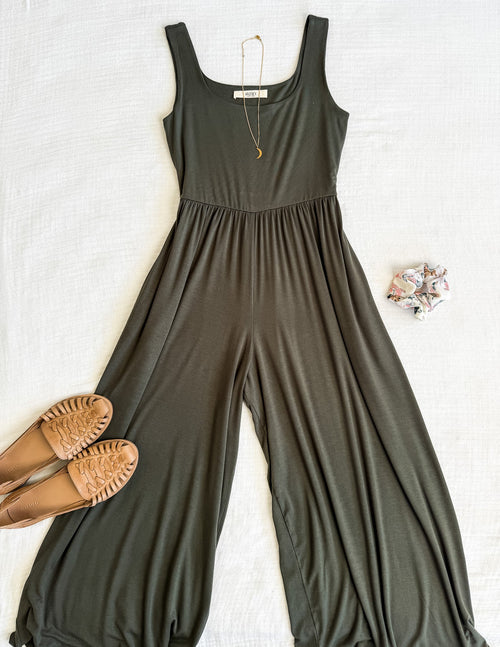
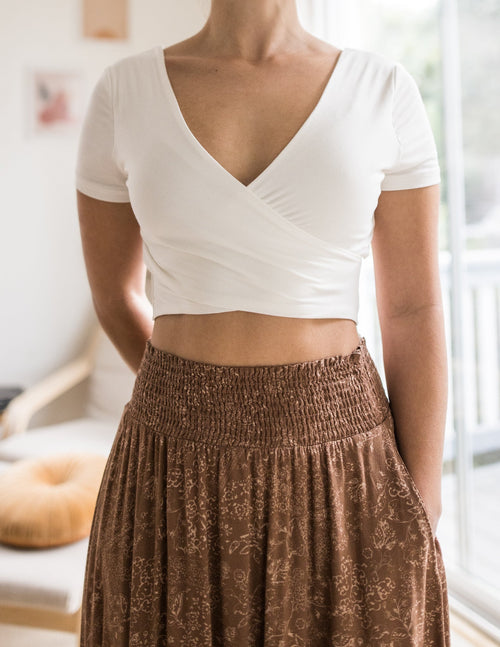










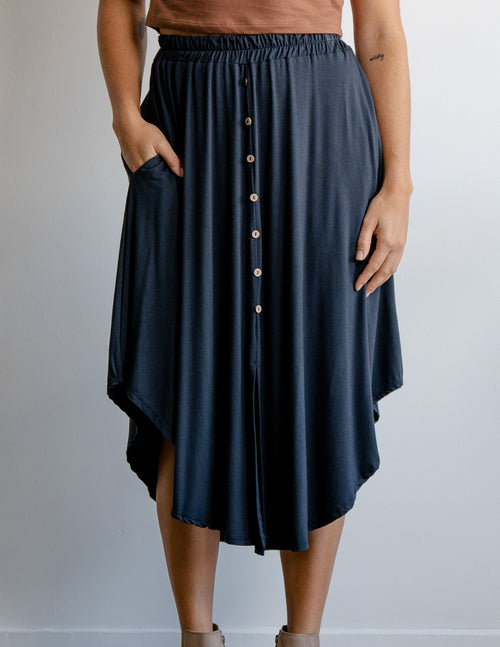



























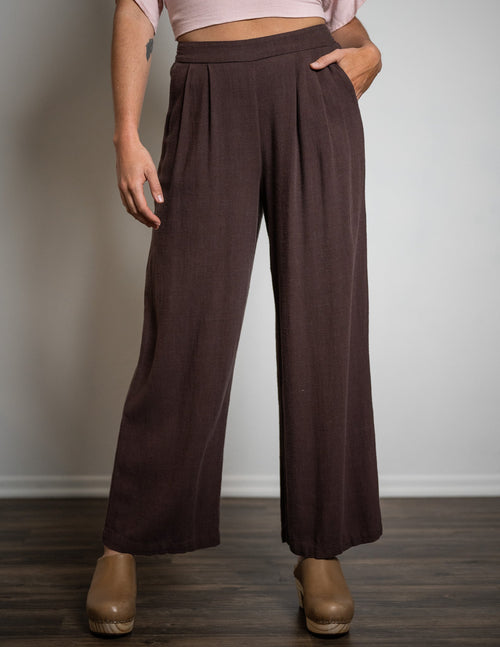










 TOP
TOP
